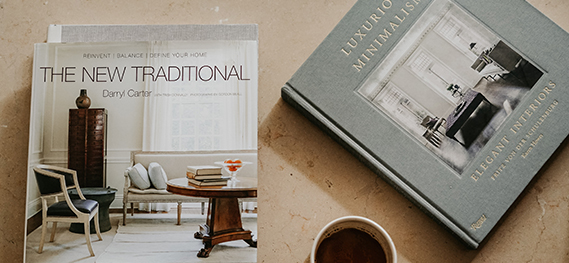

 Back
Back
“A picture indicates at one glance, what might be spread over ten pages in a book.” It’s worth a thousand words.
This is especially true when it comes to a vibrant and appealing coffee table book. A coffee table book is a high-quality, large book of illustrations and photographs meant for casual reading. It’s usually placed on a coffee table in a lounge, so visitors can browse through the book to get inspiration or start a pleasant conversation.
A quality coffee table book is a symbol of class or a way to disconnect from reality and refresh your creative brain cells.
If you are an avid art lover and have a collection of snapshots and portraits which are striking enough to captivate a reader, then it’s about time you consider publishing your very own coffee table book. These large-format books usually feature, eye-popping illustrations, or some other visual element that demands to be appreciated on a big scale.
Create a Theme
The theme of a coffee table book can be anything intriguing enough to be published, from wildlife photography and distinctive portraits to glamorous interior designs and dramatic selfies. It is all about celebrating your favourite form of art through illustrations, sketches, paintings, photographs and etchings. A good coffee table book offers a cluster of pictures which have been collected over a period of time. The pictures are placed together chronologically, grabbing the attention of the reader.
Validate your project by asking for a second opinion. It is advisable to keep your target audience in mind and run your content on various social media platforms in order to get feedback and analyse the response towards your work.
Plan a layout
Publishers, let’s say most of them, have their own design and layout team, for the books they publish. It is important that you have an outline of your photographic project in mind along with a specific format, for the best results. Opt for high-resolution digitised pictures for a crisp and clean effect. Whether you are an artist or a photographer, make sure your pictures have been converted into the right format as specified by your publisher.
As far as design is concerned, it’s all about the personality of the book. When it comes to the layout of the book, it is always advisable to have a timeline or a pattern to keep the readers intrigued and captivated.
Grouping your photographs into categories makes it easier for viewers to scan through images and relate to them.
Publishing Methods
You can opt for traditional publishing houses or try self-publishing.
Self-publishing involves lower overhead costs due to the lack of a middleman between you and the printing process and has a complete DIY approach from design to distribution.
Whereas, Traditional book publishers offer the ultimate package for design, production, marketing and distribution, but usually at high costs and are very picky in signing the deal.
Economical Approach
Choose your paper wisely: The paper used in your coffee table book is an important aspect which will contribute to the look and feel of your project. To cut down on costs and maintain premium quality, opt for a commercially standard size for your book and use paper which is regularly used by other publishing houses. Standardising as much as possible drastically reduces production costs.
Pick black and white images
Consider printing the pictures in black and white if you have the option as they are more classy and easier on the pocket. If you do not want to compromise on colour photographs, you can choose a few photos to be printed out in black and white to balance out the costs.
Do not compromise on a good designer
‘A good designer will always have a creative solution to all problems.’
Make sure to hire an experienced designer for your project, who will see to it that your book looks appealing, giving you extensive details on low-priced photo banks that will help you cut down costs.
A coffee table book is a classy and sophisticated way to express your style and interests on a particular topic. If you are an artist and are passionate about your work, it is about time you curate your art into an elaborate hardcopy and let your photographs do the talking.